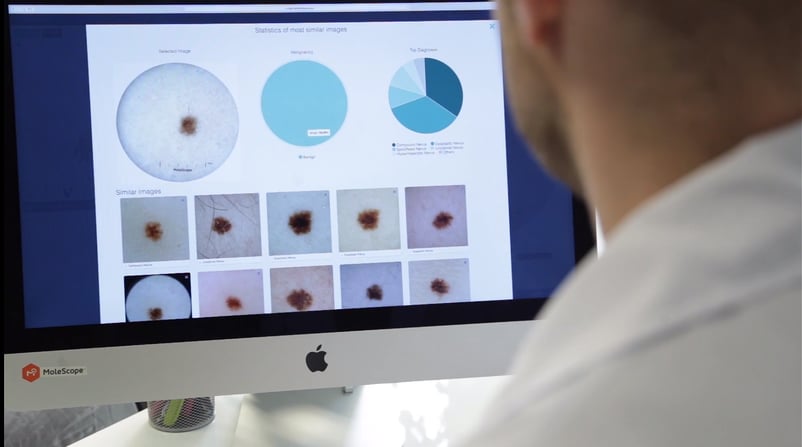Before investigating the obstacles of the dermoscope, we must first identify its benefits, such as assistance in diagnosis accuracy and cost-effectiveness within clinics. Research demonstrates that the use of a dermatoscope is proven to increase rates for the early detection of skin cancer. Additionally, studies suggest that many devices are now portable, affordable and cost-effective when accounting for funds saved that would otherwise be directed to treatments for conditions such as melanoma along with in-clinic follow up visits.
In spite of the wide variety of benefits offered by the digital dermoscope, studies demonstrate that the device is used by as low as 60% of medical professionals in some areas. The question becomes: why?1
Training In DermatoscopyAlthough research suggests that overall use of a dermatoscope by medical professionals is low, some countries (such as France) boast that dermoscopy is now used by 95% of private practice dermatologists. Despite the high rates of usage, physicians (especially those with a focus in dermatology) recognize the advantages of dermatoscopy but cite training as too time-consuming. 2

Similarly, a US-based study concluded that although dermoscopy is continuing to increase in popularity among dermatologists, the primary reasons why dermatologists found dermatoscopy was ineffective was it was felt to be no better at detecting melanoma earlier than traditional methods, with 35% of participants believing that using a dermatoscope required excessive training.3
The primary conclusion to be drawn from these two examples is that training methods should be modified to be more user-friendly and comprehensive while continuing to support dermatologists throughout their practice for continued education.
Revolutionized Dermoscopy EducationAs stated previously, research suggests that the current structure for training in dermoscopy is too time-consuming and intimidating (in the way that dermatologists are not confident in their diagnosis provided using the device). Therefore, it is perceived as failing provide sufficient evidence as to the benefits it will have in the early detection of skin cancer.
Therefore, a new tool must be developed and distributed to medical professionals to allow them to become confident in their decisions. One example of a solution is through the use of clinical decision support tools, such as DermEngine’s Visual Search.
This technology uses artificial intelligence (AI) algorithms and content-based image retrieval (CBIR) to provide medical professionals with visually similar dermoscopic images to their submitted case. In turn, medical professionals gain access to a library of pathology-labelled images as well as statistics relating to potential diagnoses and risk of malignancy based on visually similar images.
In addition to providing valuable clinical insights, Visual Search is an excellent educational resource for training dermatologists, researchers, students, and skin cancer specialists alike. By providing medical experts with visually similar images, they are able to gain deeper insights to their patient cases with the potential consequence of gaining confidence in their feedback.
ConclusionResearch suggests that medical professionals are in need of a new system to support their dermatoscopy training. Current methods are perceived by some to be ineffective towards the early detection of melanoma with extensive training times. Intelligent dermatology tools such as Visual Search can support dermatologists in their training and imaging identification by accessing a library of pre-labelled images. In turn, this dermatology EMR software holds the potential to increase quality of care, support for medical professionals, and confidence in their work.
-The MetaOptima Team





